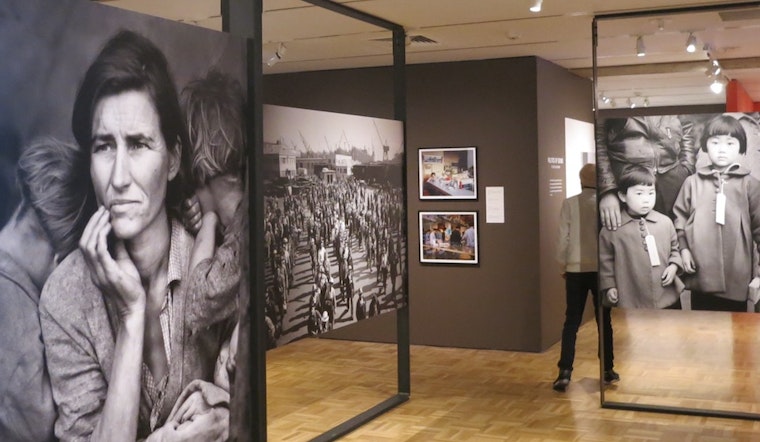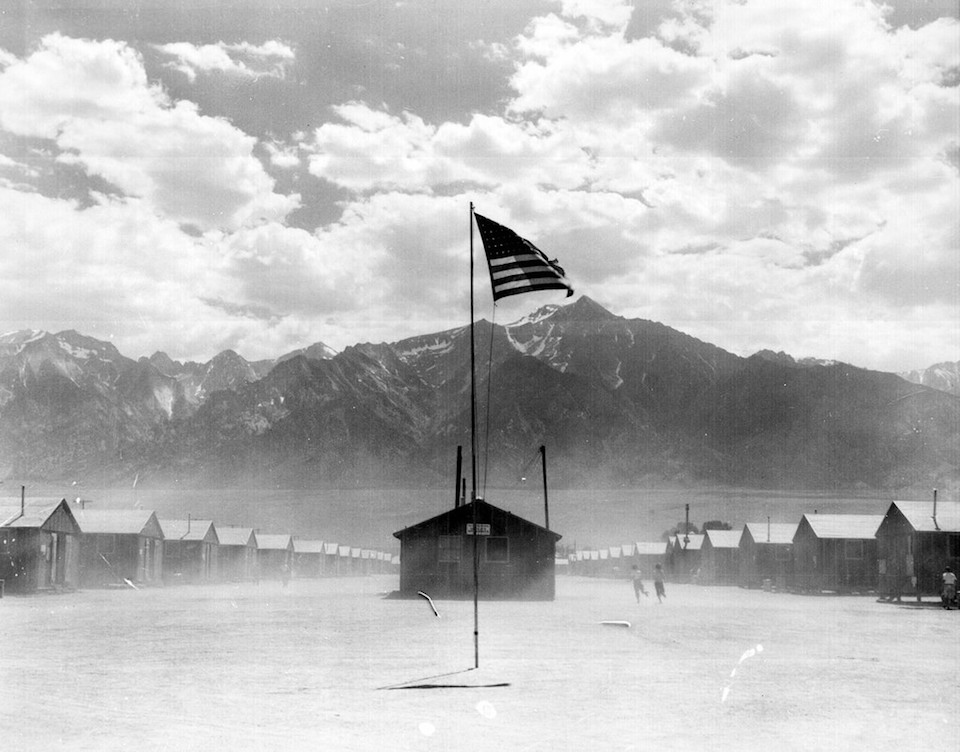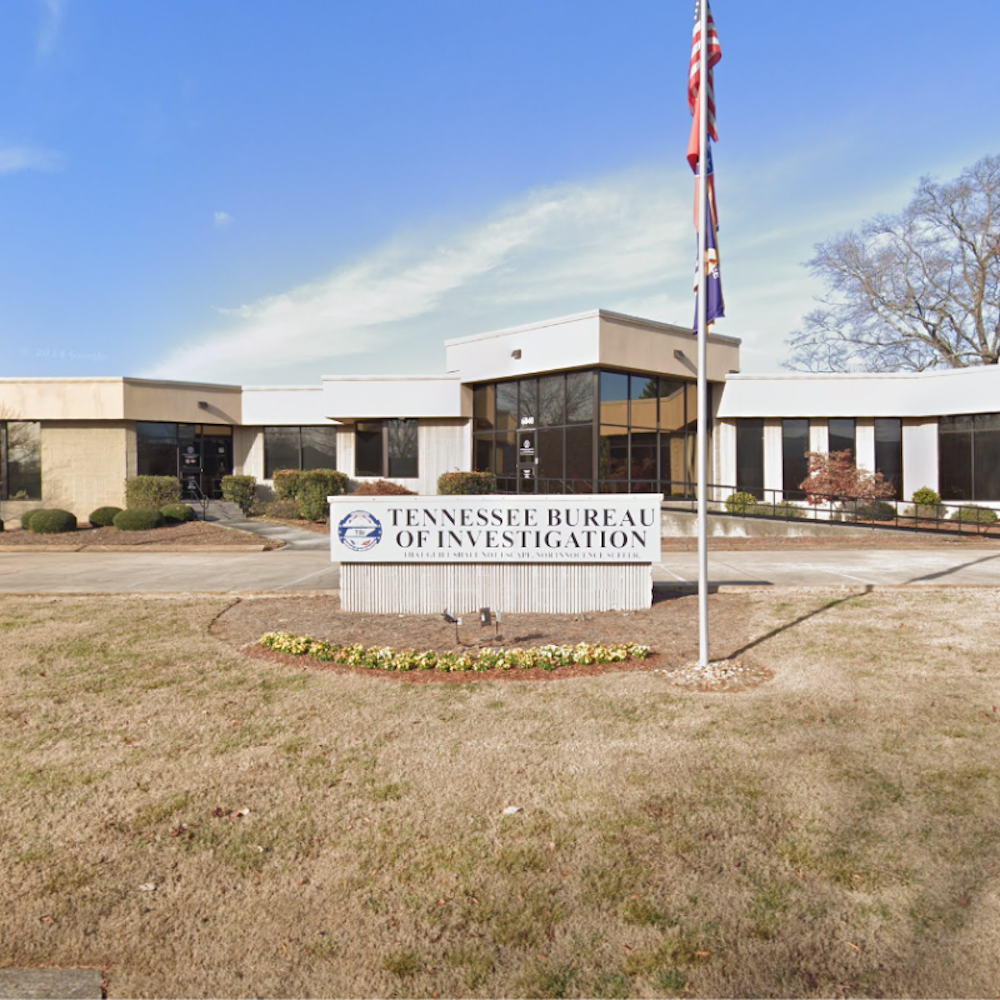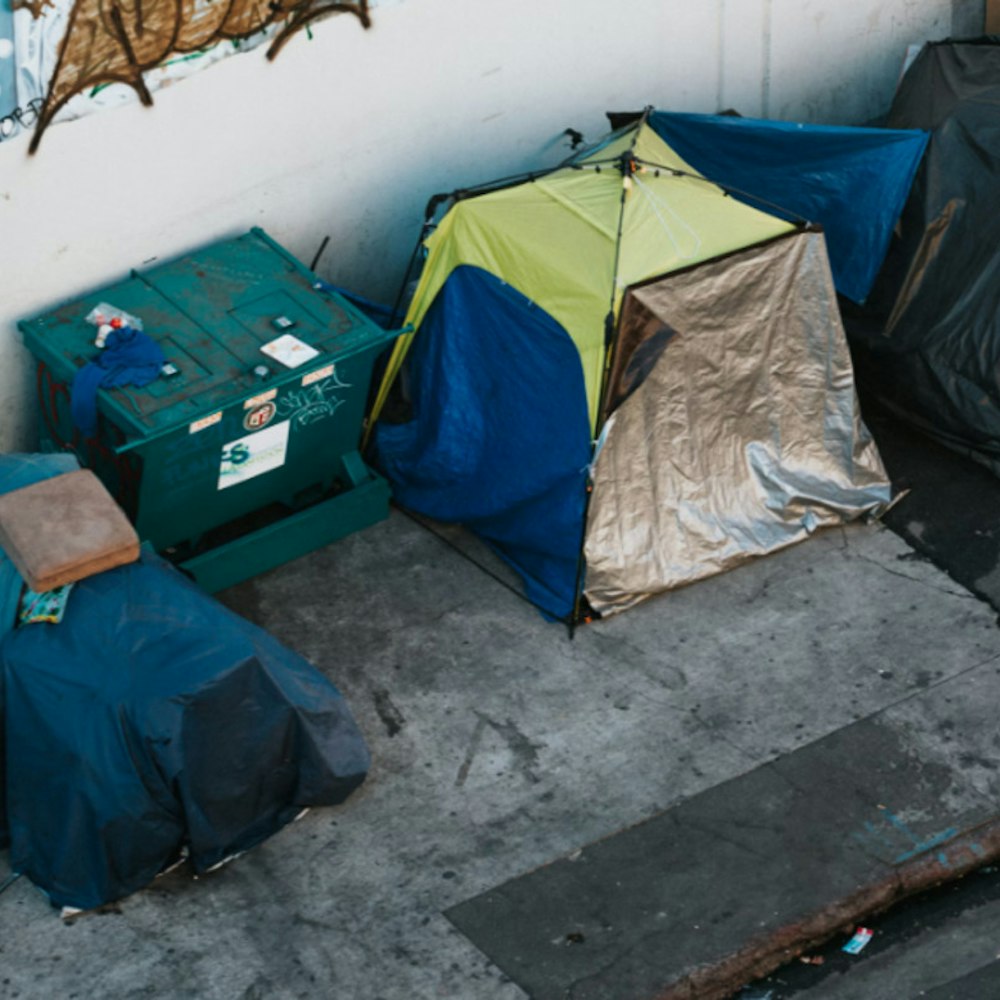
Dorothea Lange’s Great Depression photos of dusty farmworkers, homeless men in soup kitchen lines and Okie families by the side of the highway visually define an entire era, making her one of the nation’s best-known photographers.
The images she captured are so iconic and descriptive, they’re often used in history textbooks; many of these works are on display at the Oakland Museum from May 13 until August 13 as part of an exhibition titled, Dorothea Lange: Politics of Seeing.
The show will also feature much of the lesser-known local work that Lange did during her many decades as a Berkeley resident. “Even some of the people who worked on the exhibition were amazed to see how many photographs in the show feature the East Bay,” said Drew Johnson, the Museum’s curator of photography & visual culture.

According to Johnson, the exhibition presents two of Lange’s World War II-era projects with local connections “as two sides of the same coin.” Her series on the Kaiser Shipyards in Richmond depicts a racially-integrated workforce of men and women “pulling together, working around-the-clock shifts” to meet the enormous wartime demand.
In the other series, Lange shows the viewer Japanese-Americans who were rounded up and sent off to the desolate Manzanar incarceration center. In a powerful coincidence, the exhibition notes that some of the photos showing Japanese-Americans being forced from their homes were taken on the exact site where the Oakland Museum is now located.
Current political anxieties give Lange’s internment series particular relevance. “People look at those photographs and they immediately make the connection to anti-Muslim hysteria and fear of immigrants,” Johnson said.
The exhibition traces her career arc from early days taking portraits of the Bay Area’s wealthiest families in her studio throughout her years on the road documenting the poor and uprooted. No matter the circumstances, Lange’s subjects appear resilient.

The only exception is a project called “Public Defender,” an exposé of Oakland’s legal system that humanizes defendants and their families. One photo shows a woman sitting in the Alameda County Courthouse doubled over in emotional anguish. Although Lange had been paid an advance by Life magazine for this series, the magazine refused to publish the photos.
“She was always willing to take on anything, even a big system. She wanted to show people why it was unfair,” said Elizabeth Partridge, Lange’s goddaughter and biographer. “It’s Dorothea’s theme: what about the underdog?”
Despite intense subject matter, the images in Lange’s photography depict people who project both determination and depression. Partridge sees the roots of Lange’s empathy and passion for freedom in a childhood disease that left the photographer with a deformed foot.
“Given the adversity she faced as a child, where she had polio that gave her a lifelong limp, and her father abandoned the family when she was about 12… those were the kinds of things she had to overcome,” said Partridge, “so she certainly was always aware of people’s ability to overcome adversity.”
Dorothea Lange: Politics of Seeing opens tomorrow, May 13th and runs through August 13th at the Oakland Museum of California. Admission is $15.95, $10.95 for seniors and $6.95 for youth 9–17, children under 8 admitted free.









